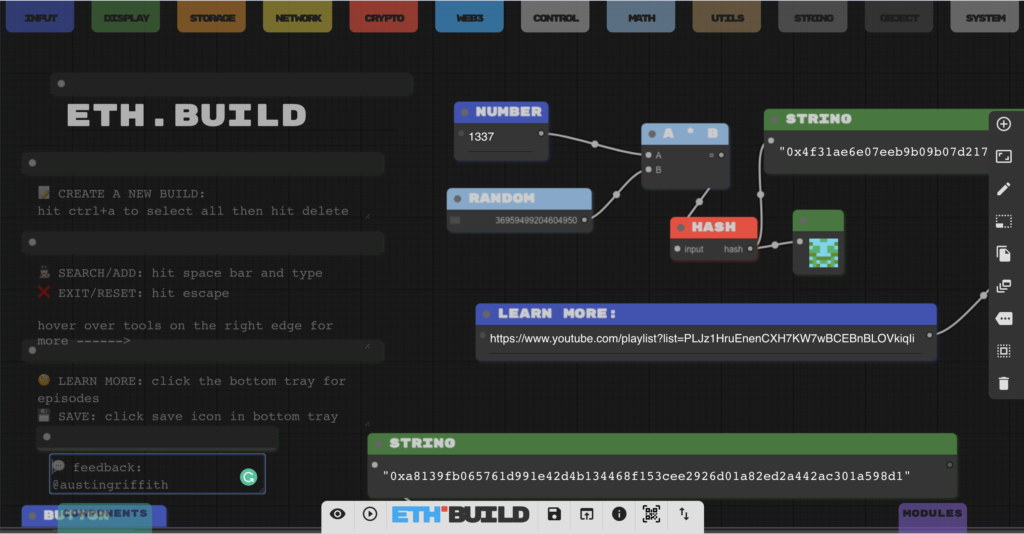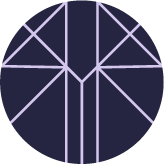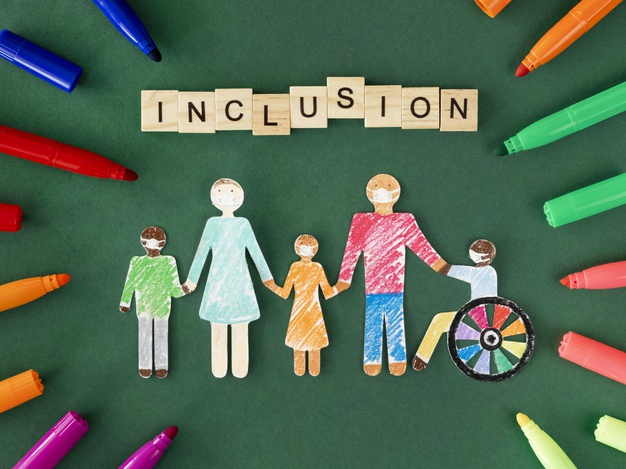Designing for inclusivity is important in today’s open and distributed learning environment. Therefore, it is paramount that my interactive learning resource can ensure that the needs of all learners can be met. It is mandated by human rights law that all education providers need to make their materials accessible to all, which is why the design of my course should follow these principles (Inclusive Education, n.d.).
How Will My Resources Meet All Learners’ Needs?
All of the videos I have chosen for my resources have closed captions in multiple languages. This can accommodate learners with hearing impairment. The texts from the readings can be easily converted to speech because they are all in electronic pdf with readable words. This can be more accessible for both audio learners and learners with vision impairments.
Potential Barriers and Changes
One of the activities in my blueprint is for learners to use https://eth.build/ to build distributed ledgers and a blockchain patch. To build a patch on this platform, learners need to watch some tutorial videos and use the interface to drag and drop different funtions.

Even though this activity is only graded on completion, it may still create barriers for learners with different levels of disabilities and inaccessibility. This is an entirely visual task. Even with text-to-speech functionalities, it is difficult to perform the task because a visually impaired learner will not be able to perform the basic drag and drop without knowing the relative locations of each patch and how the patches are connected.
However, this can be a great exercise for visual learners who can learn about blockchain technology’s mechanisms interactively. Therefore, I propose to change this activity. Instead of having students only build a patch, they can have the option of listening to the tutorials on the website and draft a reflection, either in audio, written, or image format. The video tutorials with audio can help visually impaired learners. Accepting reflections in different formats can ensure that all kinds of learners can submit in the most convenient format.
References
Inclusive Education Canada. (n.d.). Right to Education. https://inclusiveeducation.ca/learn/right-to-education/

